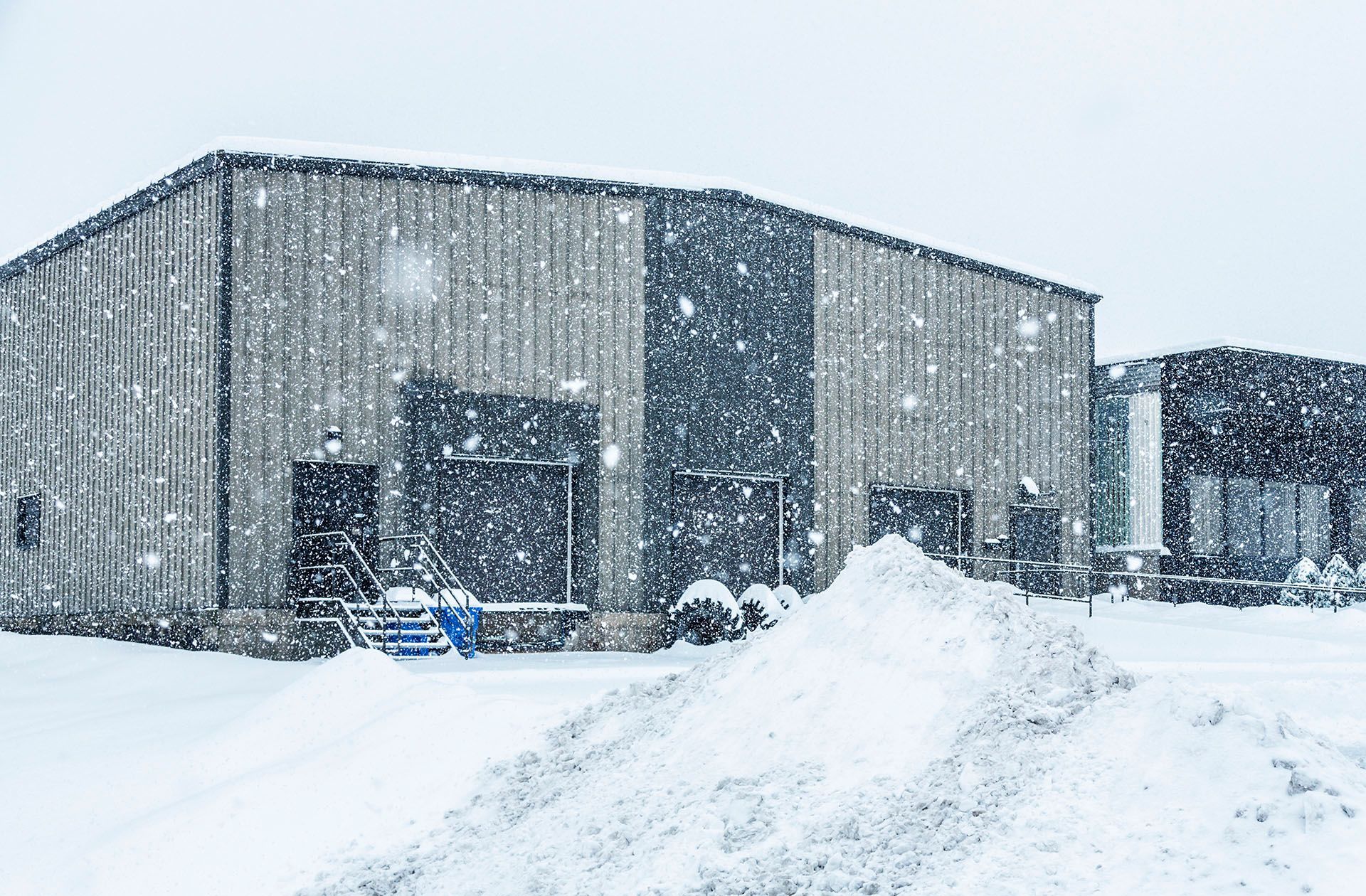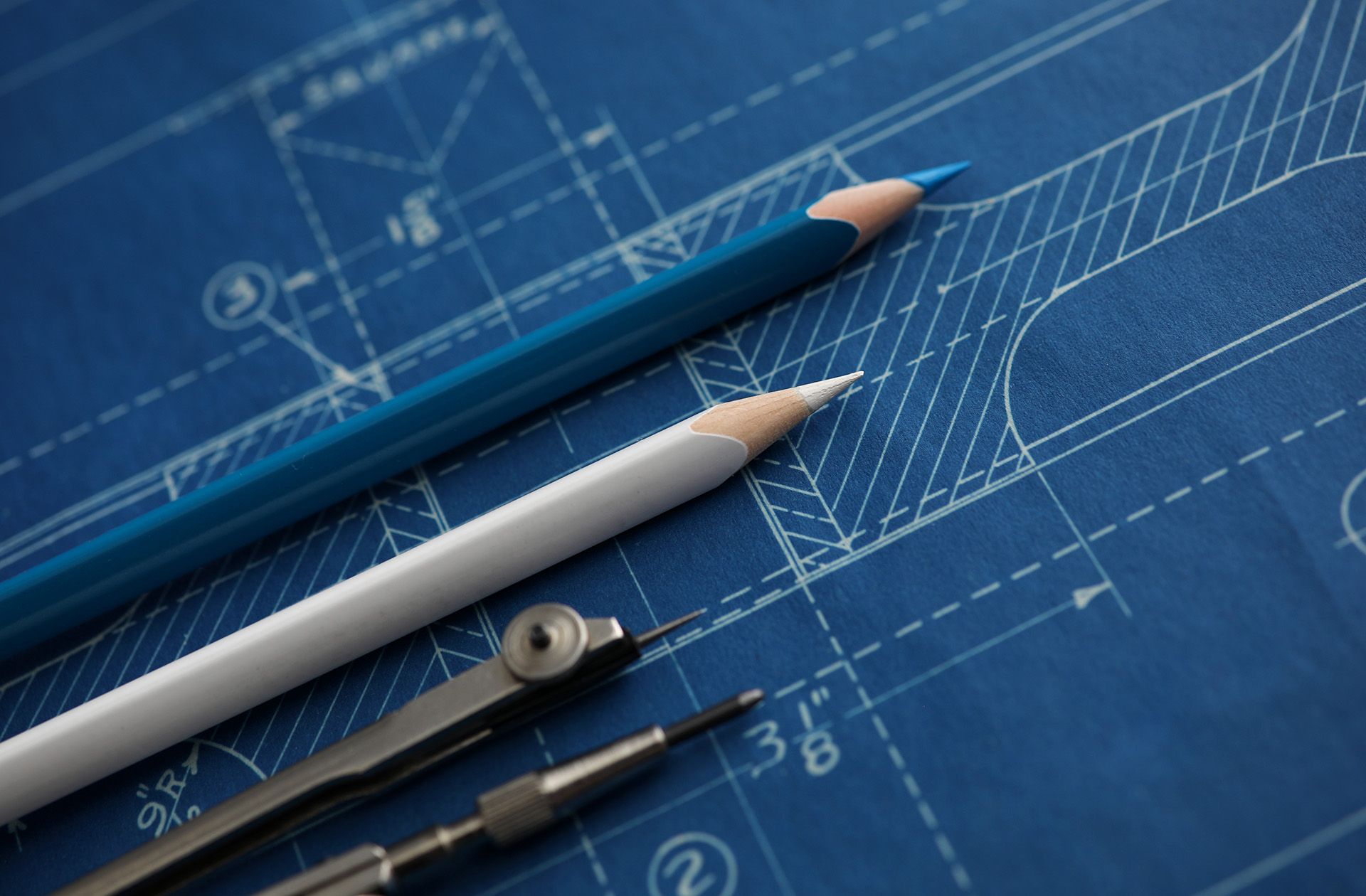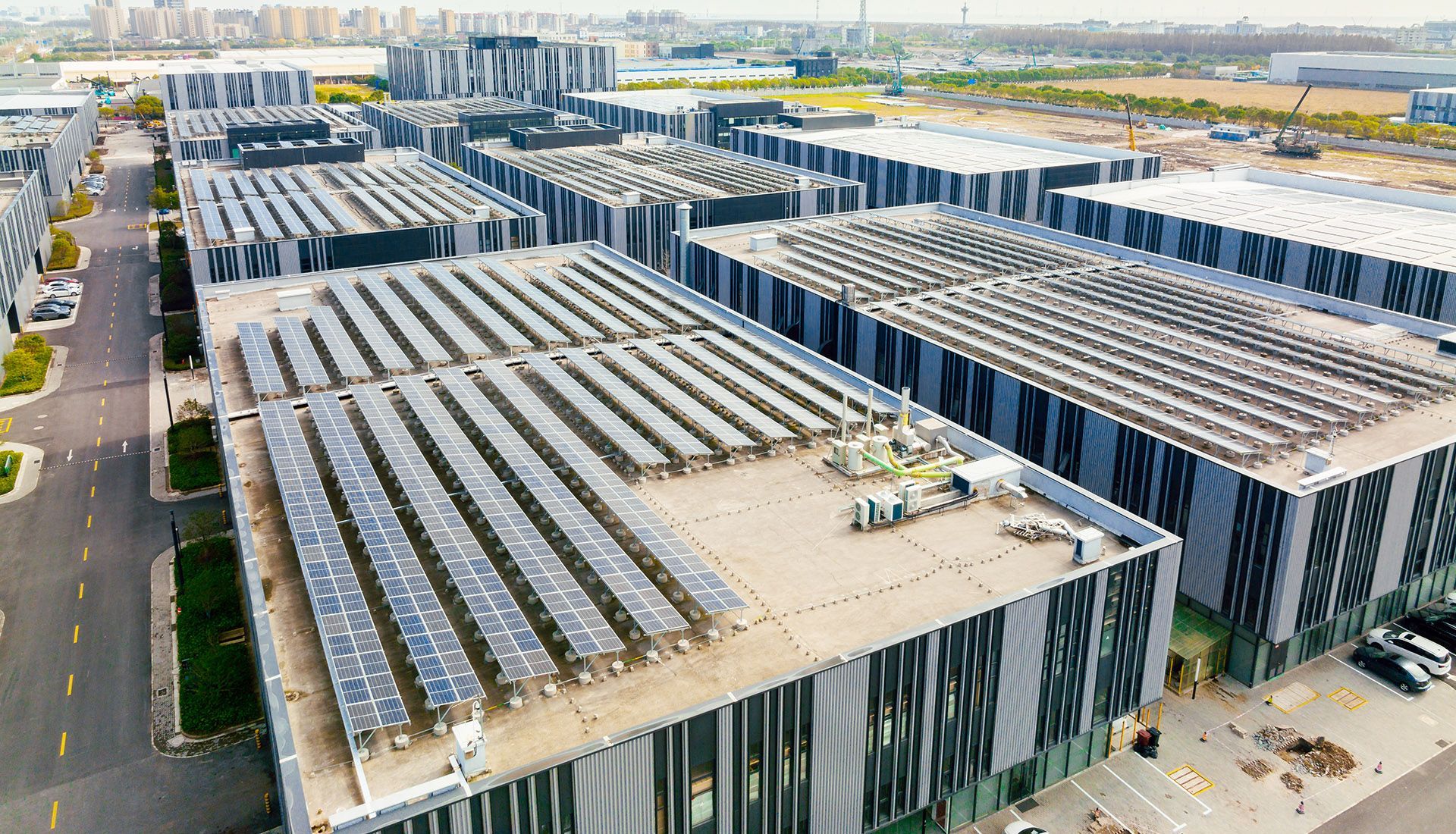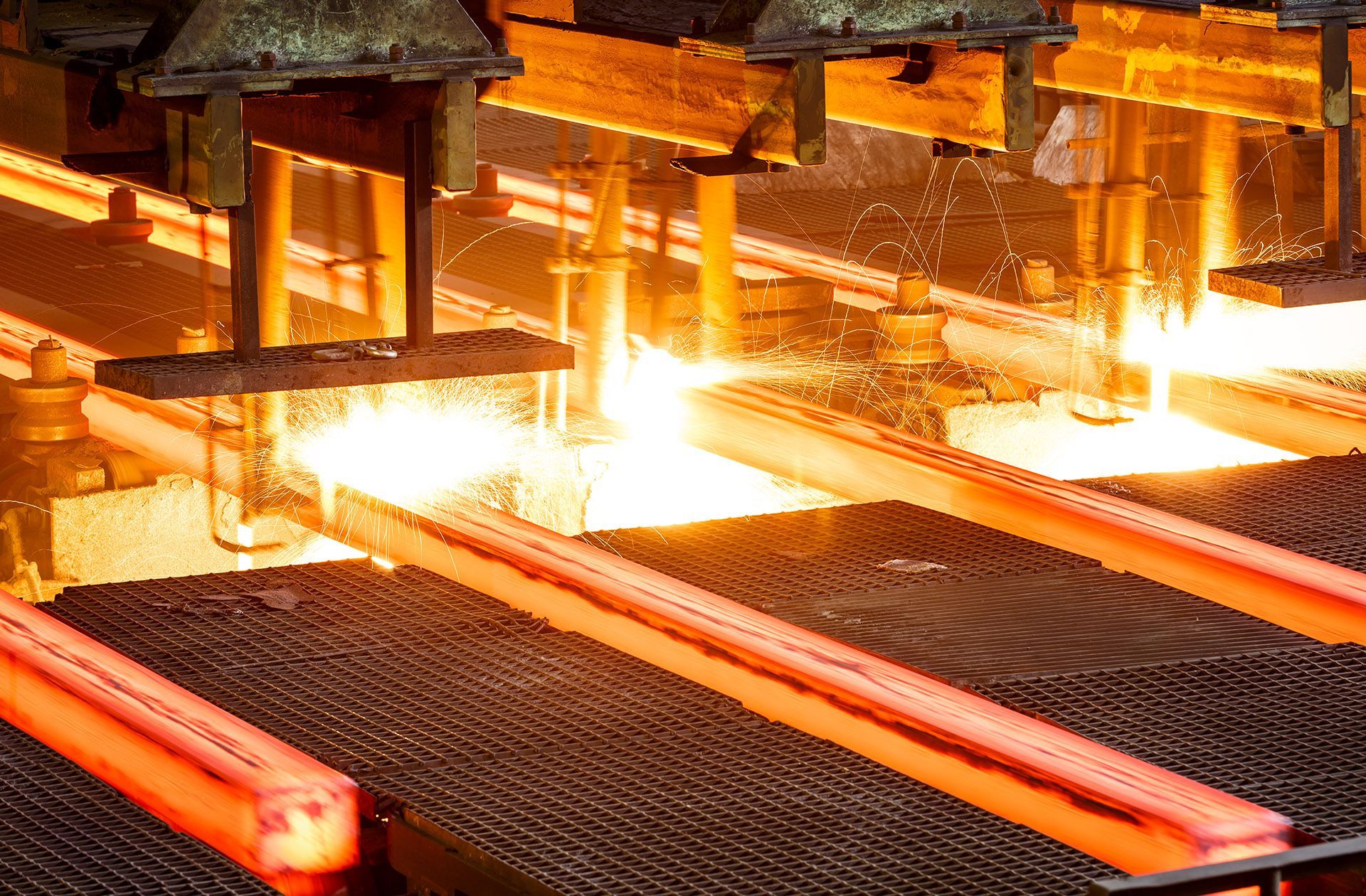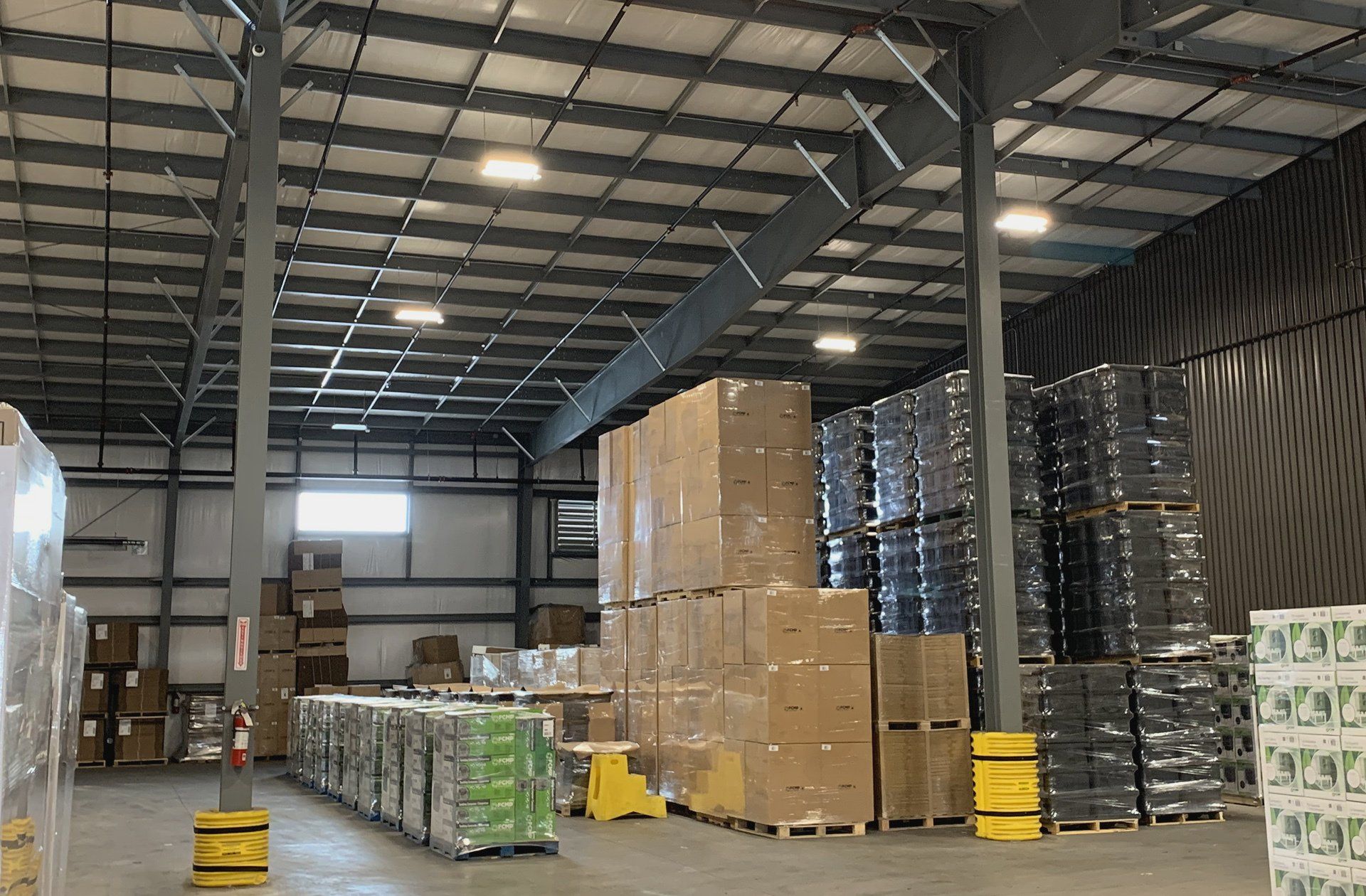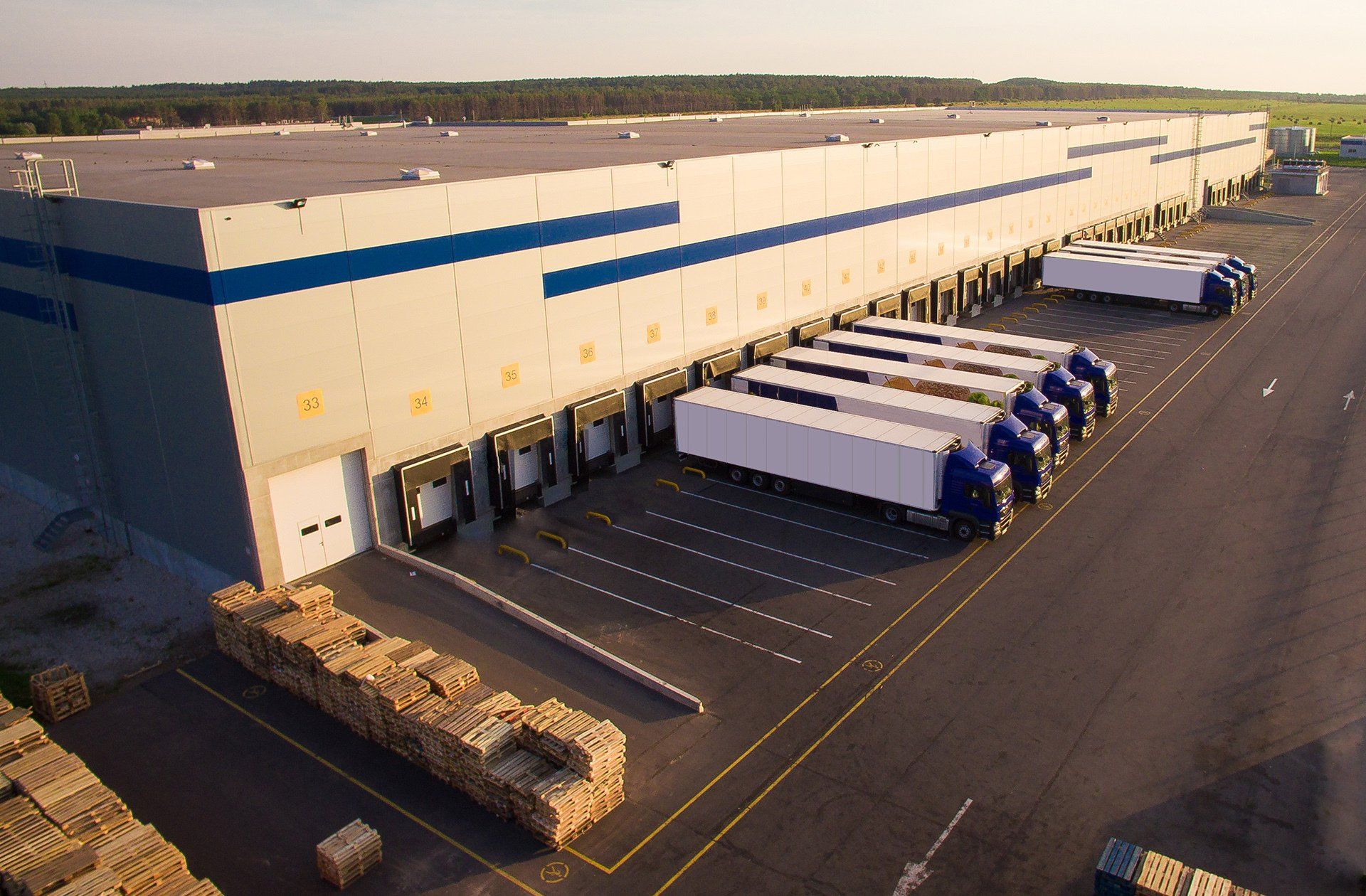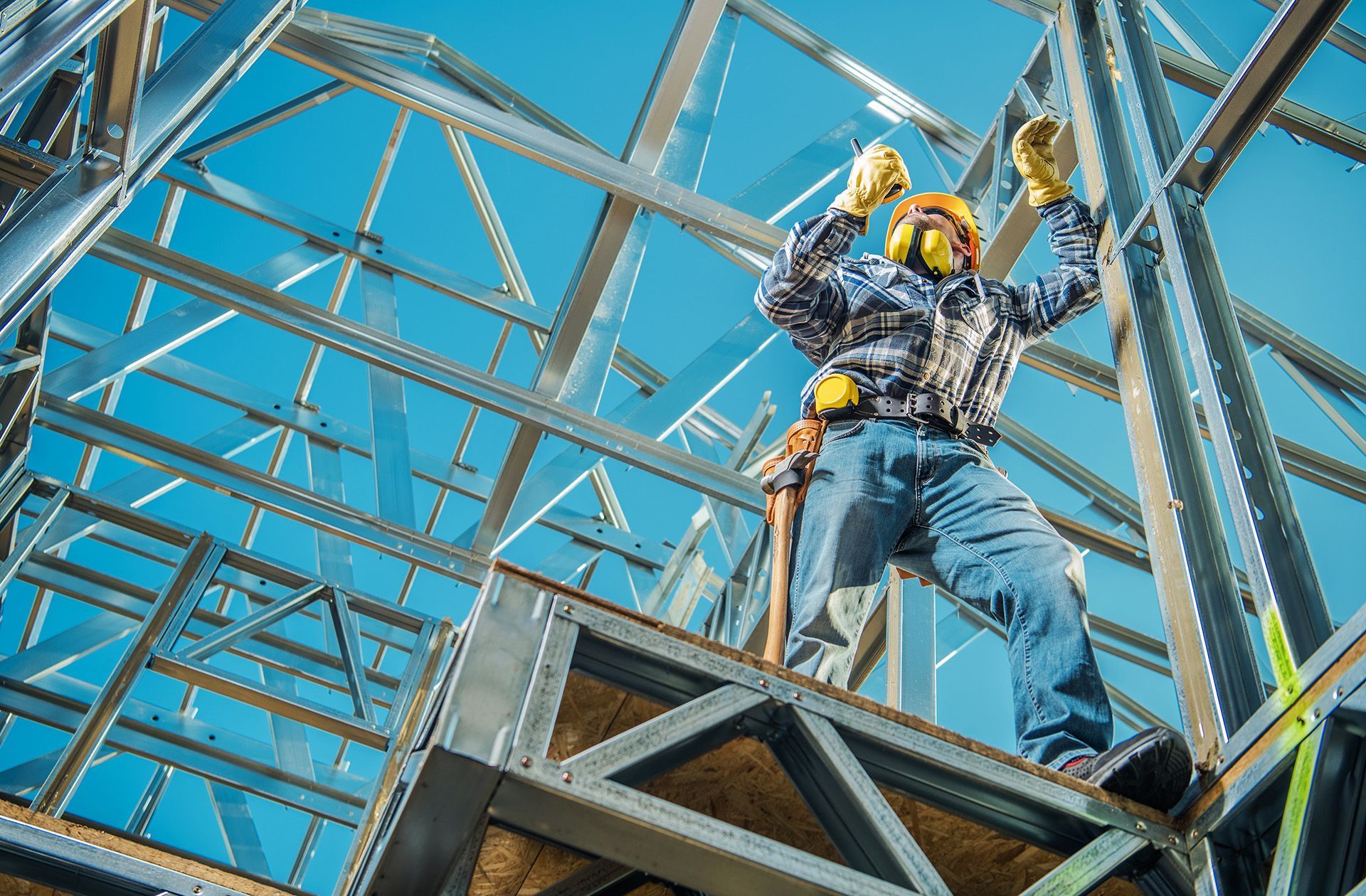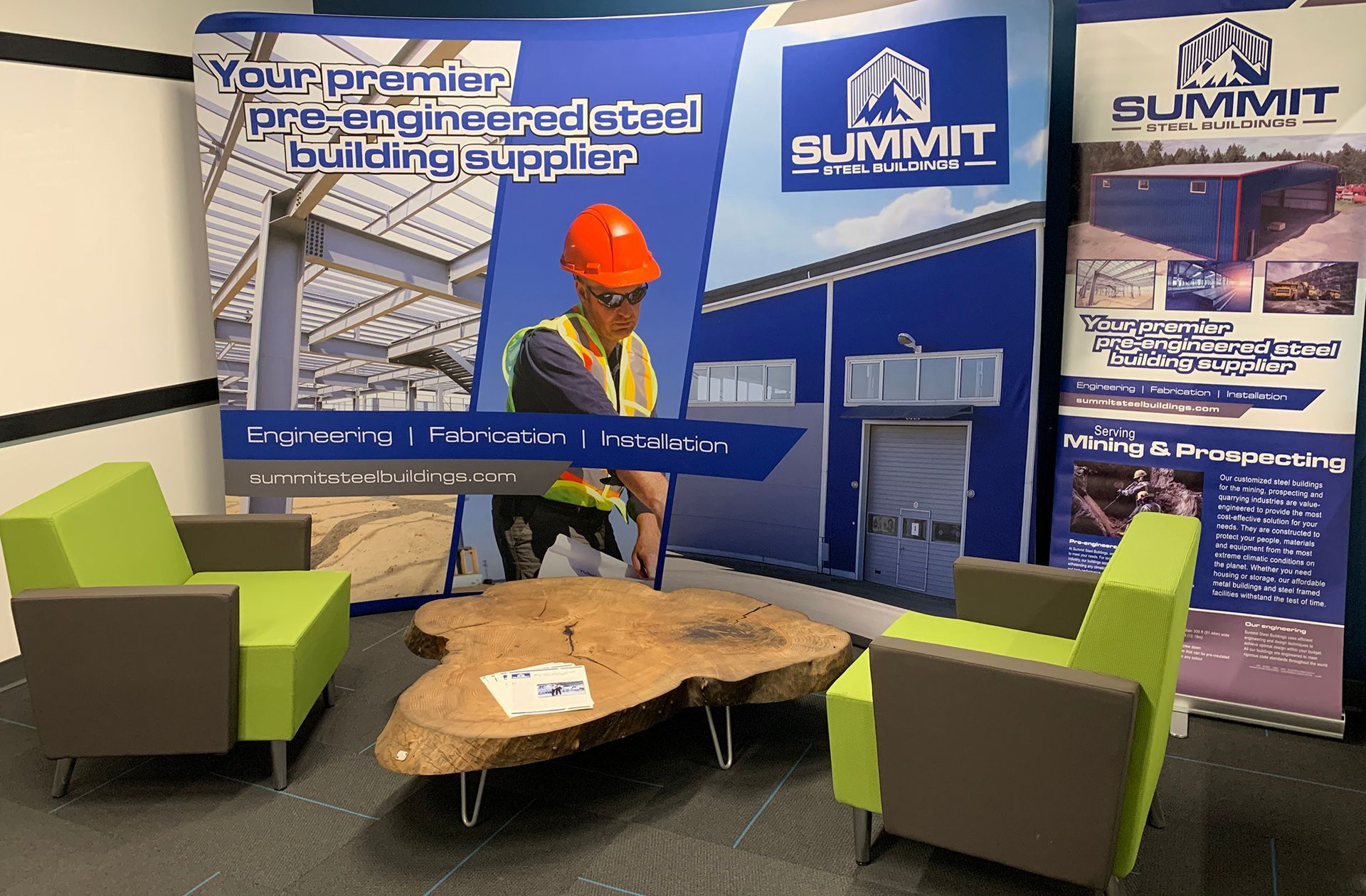Prospects are good for a strong construction market in 2023 (part one)
Summit Steel Buildings’ president,
Darren Sperling, believes there are a number of reasons to be optimistic for industrial construction in 2023.
It’s at this time of year when we see quite a few articles and commentaries on what trends we can expect to emerge for the new year. These forecasts can be interesting and can pique people’s curiosity about what is on the horizon. It’s also a fun time to look back at the year that was, and debate the hits and misses that industry experts rolled out at the beginning. Everything seems to have a pattern.
While we may write off the insignificant projections, some outlooks can be important. No one can predict the future, but economies run in cycles and financial experts invest a great deal of their time trying to understand what may or may not happen over the next 12 months.
It's nice to have friends in all places…
Recently, an industry acquaintance sent me a forecast for the construction economy. While our Summit Steel Buildings leadership team usually starts strategy planning well before the turn of the New Year, this article contained some interesting points and important questions about where our industry is going in 2023, especially as we reach the precipice of an expected recessionary drop.
No one questions that the North American economy is going to take a hit. There’s a strong prediction that consumer spending is going to drop, retail and service-based businesses are expected to cut costs, putting many people at risk of layoffs or employment reductions. It’s a regrettable situation, particularly impacted by the
ongoing effects of a 40-year high in inflation.
There have been signs
Economic theory explains it all. At the top of the business cycle, when the economy has fully expanded, workers and raw materials become scarce and production maxes out, slowing growth. We’ve seen this happening throughout the construction industry for the last two years. Shortage of workers, especially in skilled trades is pronounced.
A shortage of workers and raw materials leads to drops in production and puts upward pressure on prices. In response, interest rates increase, making it more difficult to borrow money. People spend less, invest less and begin to cut back in other areas as they become concerned for their financial security.
Don’t worry, it’s going to get better
Fortunately, the news is not all doom and gloom. The road to recovery always goes through materials and industrials. While the consumer side of the economy is going to experience rough days ahead, construction spending will remain strong. A backlog on new building orders means project activity will continue, providing employment and an injection of money into the economy that fuels recovery.
Material and resource pricing has increased, but those inventories were purchased well in advance, at a time when prices were lower. Clients are locked into their original prices and won’t be affected; highlighting why it’s a good reason to book your projects early and save on overall building costs. Not all buildings materials are as sensitive to inflation, so adequate supply remains (such as steel, glass, aluminum and insulation) to propel new commercial construction.
The recent disruption to the global supply chain is diminishing. Manufacturing and other wholesale industries are implementing the lessons learned to fix and minimize any future effects of supply disruptions and inflation. Companies have already learned to do more with less and to communicate faster and more openly with clients.
Another positive for the construction industry? During recession, governments turn to one of their favorite economic levers: spending. Government-supported projects absorb some of the increased pricing on raw materials (steel, concrete, windows, copper piping, utilities, etc.). Companies can also access increased capital financing through government programs. More projects lead to more labour demand, high-paying jobs and a nice injection of secondary spending at retail (thank you, multiplier effect).
When government spending and investment, two critical components of GDP, have been activated, increased production helps improve supply, ultimately lowering prices and reducing the effects of inflation. Along with the decrease in unemployment in the trades, we then enter back into the recovery portion of the business cycle.
Read Part Two of our construction market analysis, "Prospects are good for a strong construction market in 2023: The road to recovery always goes through materials and industrials"...
About the author
Darren Sperling has specialized in the engineering and delivery of pre-engineered steel buildings for over 15 years and has experience in over 20 countries worldwide. He can be contacted at Summit Steel Buildings at (877) 417-8335, by email at darren.sperling@summitsteelbuildings.com or on LinkedIn.


